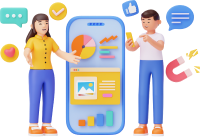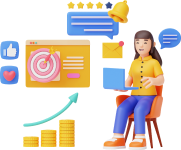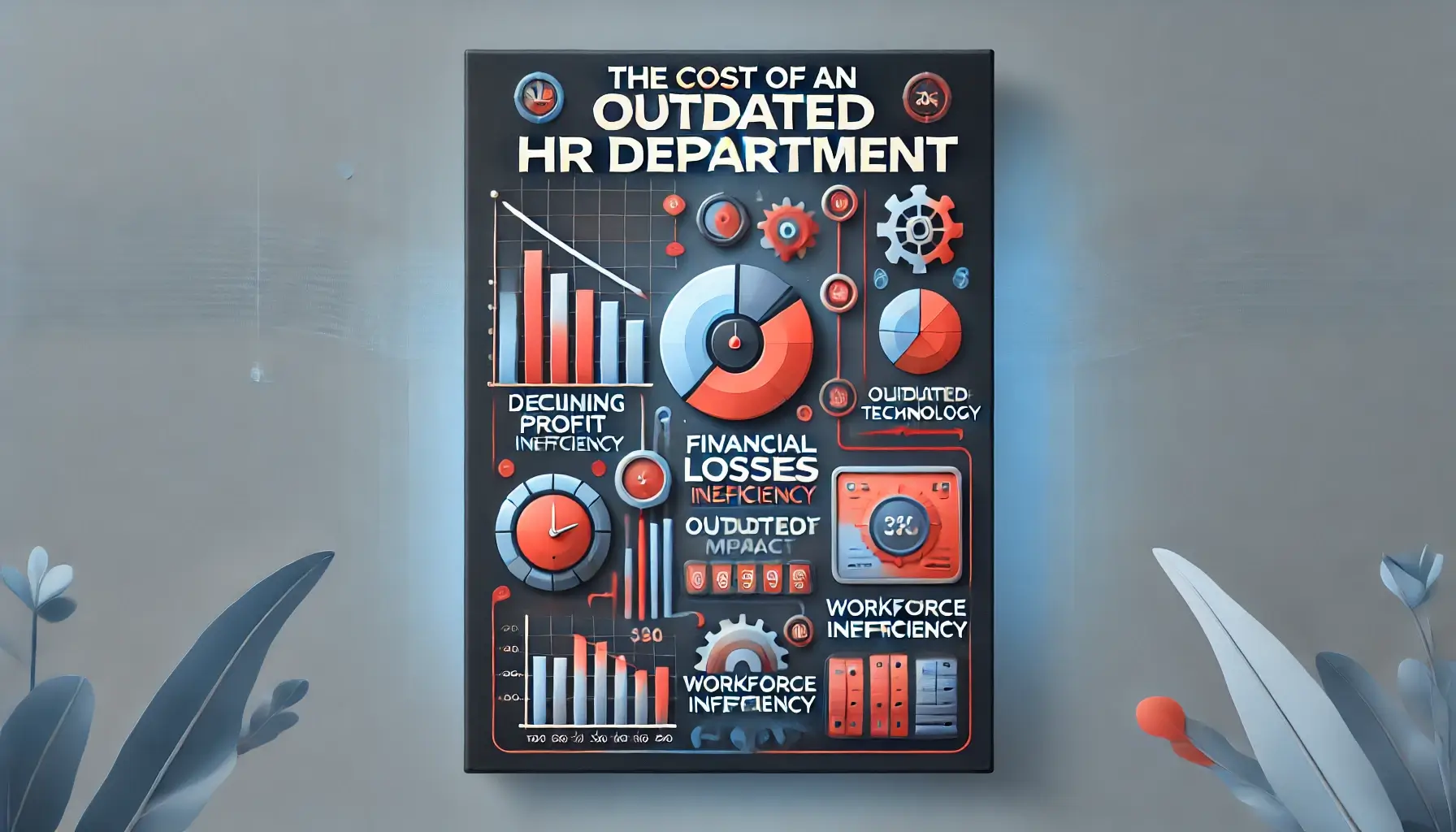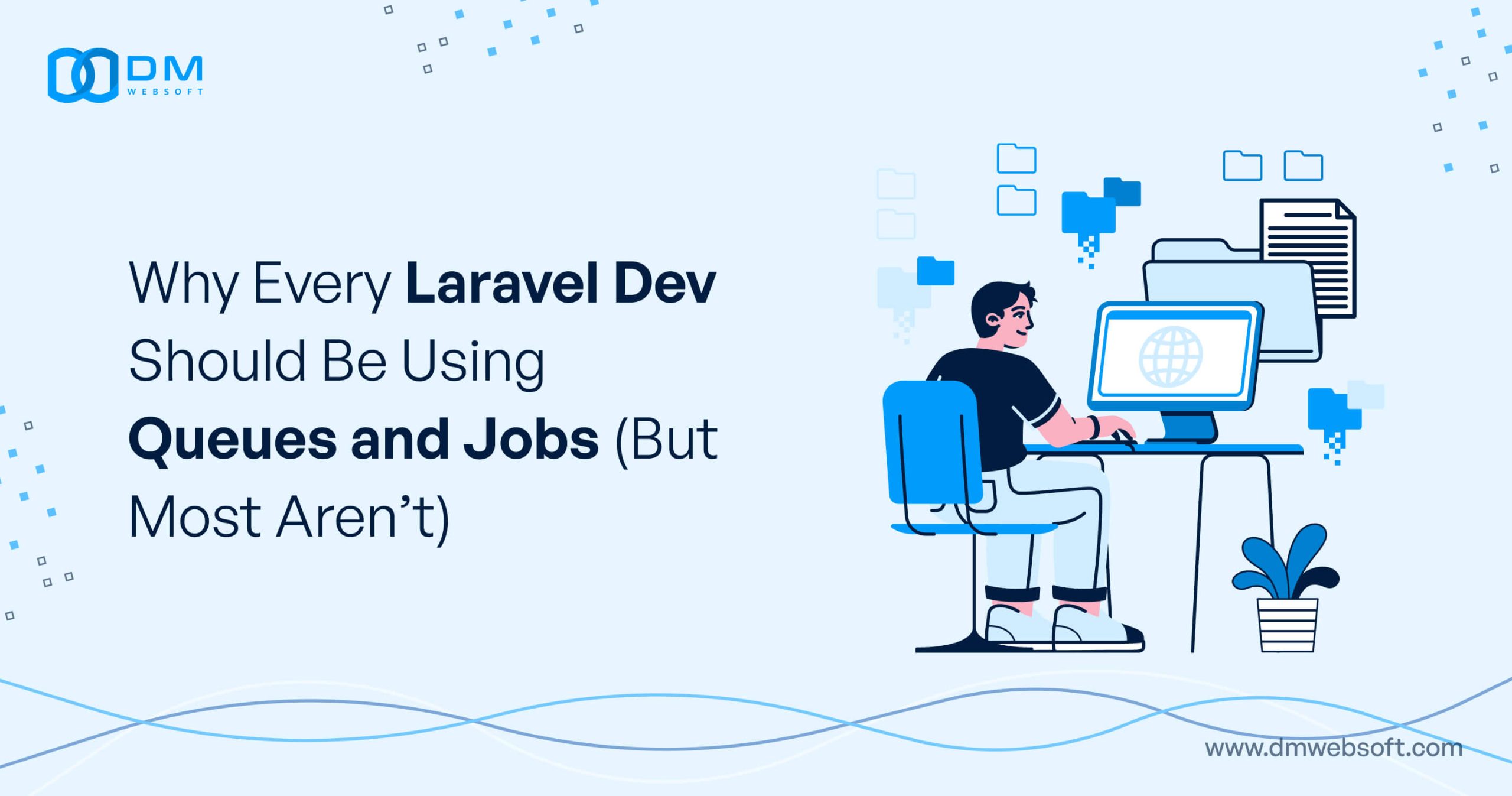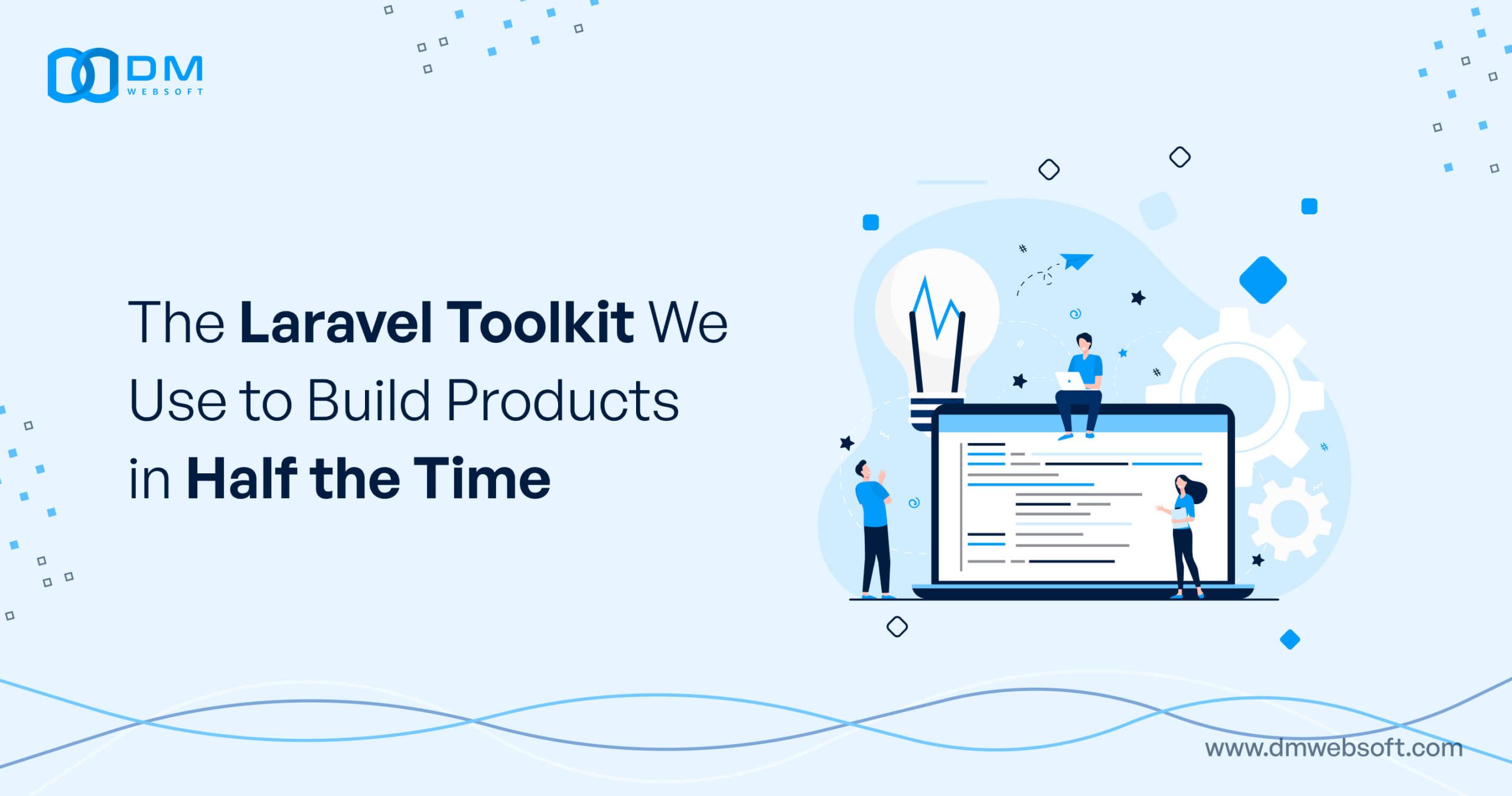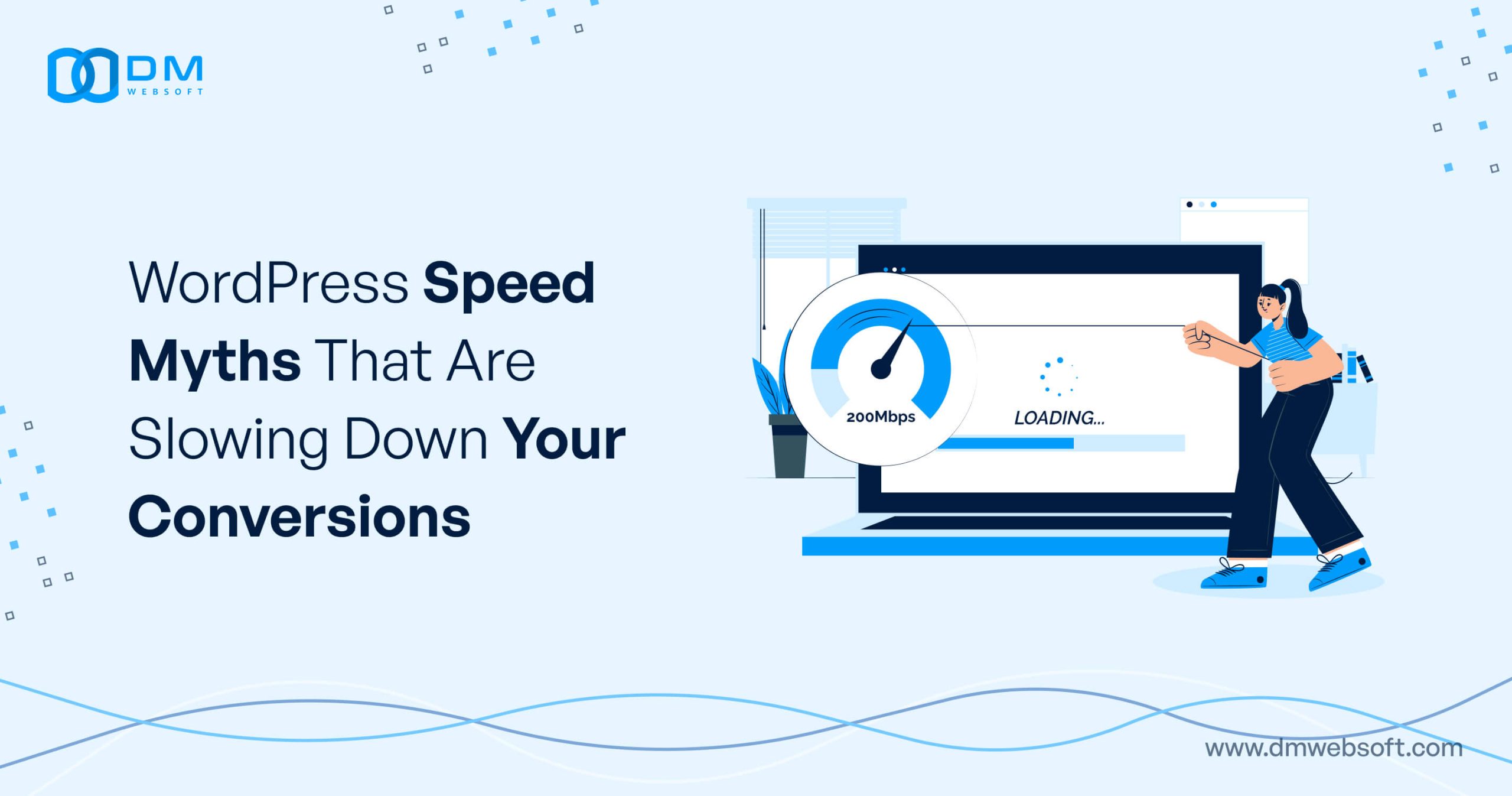DM WebSoft LLP exceeded our expectations! Their seasoned team of experts delivered a website that perfectly captures our brand essence. Their 15+ years of experience truly shine through in their exceptional web development skills.
Is Your HR Department Outdated? 5 Signs You Need an Upgrade

TABLE OF CONTENT
Introduction
Sign #1: Your HR Processes Are Still Manual and Paper-Based
Sign #2: Your Recruitment and Hiring Process is Slow and Inefficient
Sign #3: Employee Engagement and Retention Are Declining
Sign #4: Your HR Team Lacks Data-Driven Decision-Making
Sign #5: Your HR Technology is Outdated and Incompatible with Remote Work
The Role of HR Automation in Improving Efficiency
The Cost of an Outdated HR Department
Conclusion: How Data Analytics is Transforming HR Decision-Making
Get in Touch
Introduction
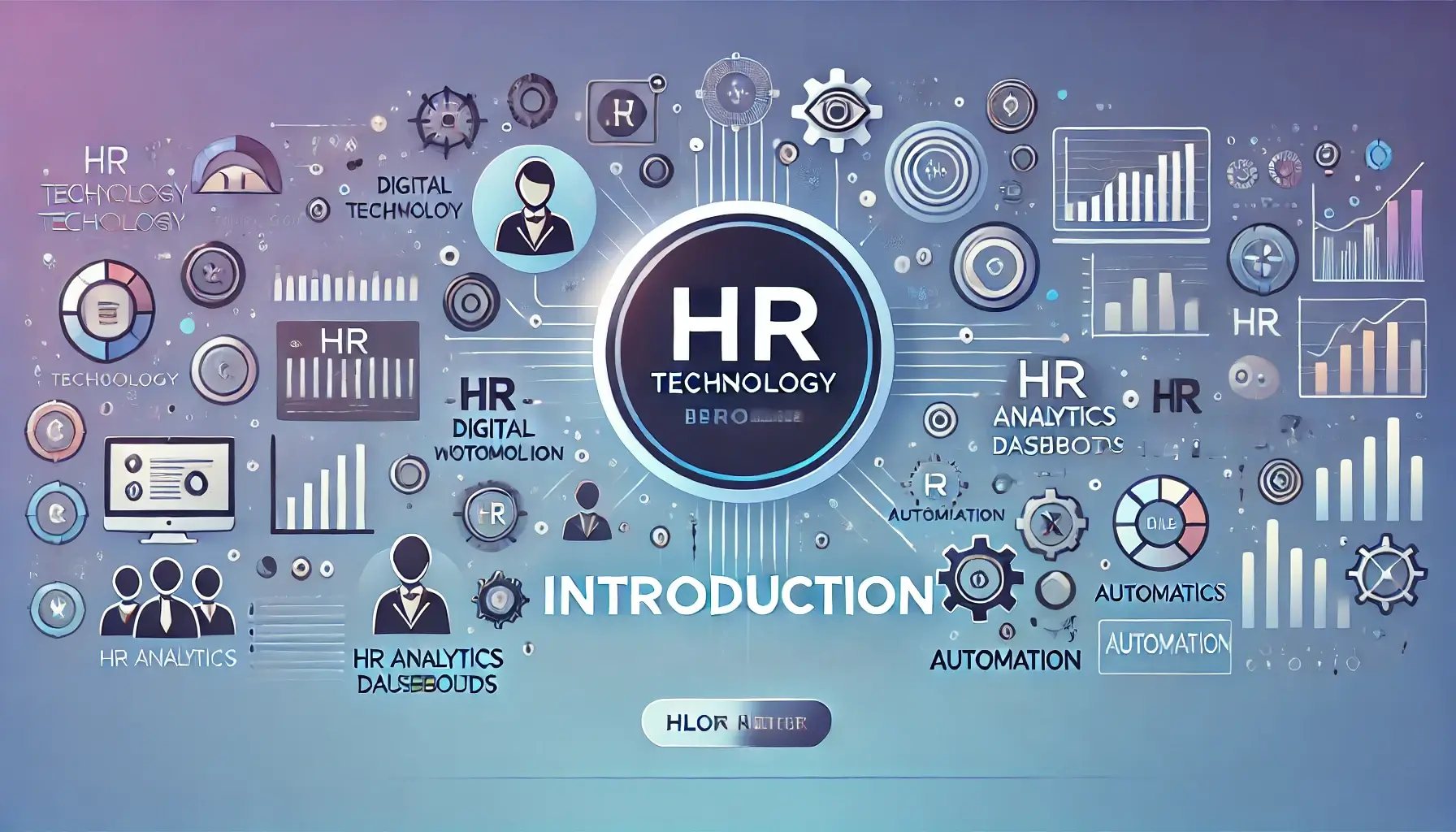
Human Resources (HR) is the pillar of any company, responsible for hiring, training, managing, and retaining staff. Yet, as companies transform, most HR functions remain bogged down by legacy practices relying on manual steps, paper documents, and antiquated software. Not only does this lead to inefficiencies and compliance problems, but it also affects employee experience, recruitment cycle time, and business productivity.
Today’s HR technology has transformed the manner in which businesses manage talent, automate administrative tasks, and improve employee engagement. Not embracing modern HR systems will make businesses fall behind, lose top performers, and experience wasteful processes. If your HR function is still bogged down in cumbersome paperwork, antiquated hiring practices, or without automating, it might be time to upgrade.
At DM WebSoft LLP, we assist companies in implementing innovative HR solutions for streamlining operations, improving compliance, and maximizing workforce optimization. Here, we will discuss five important signs that your HR department is in need of an upgrade and offer practical solutions to bring it in line with current HR best practices.
Sign #1: Your HR Processes Are Still Manual and Paper-Based
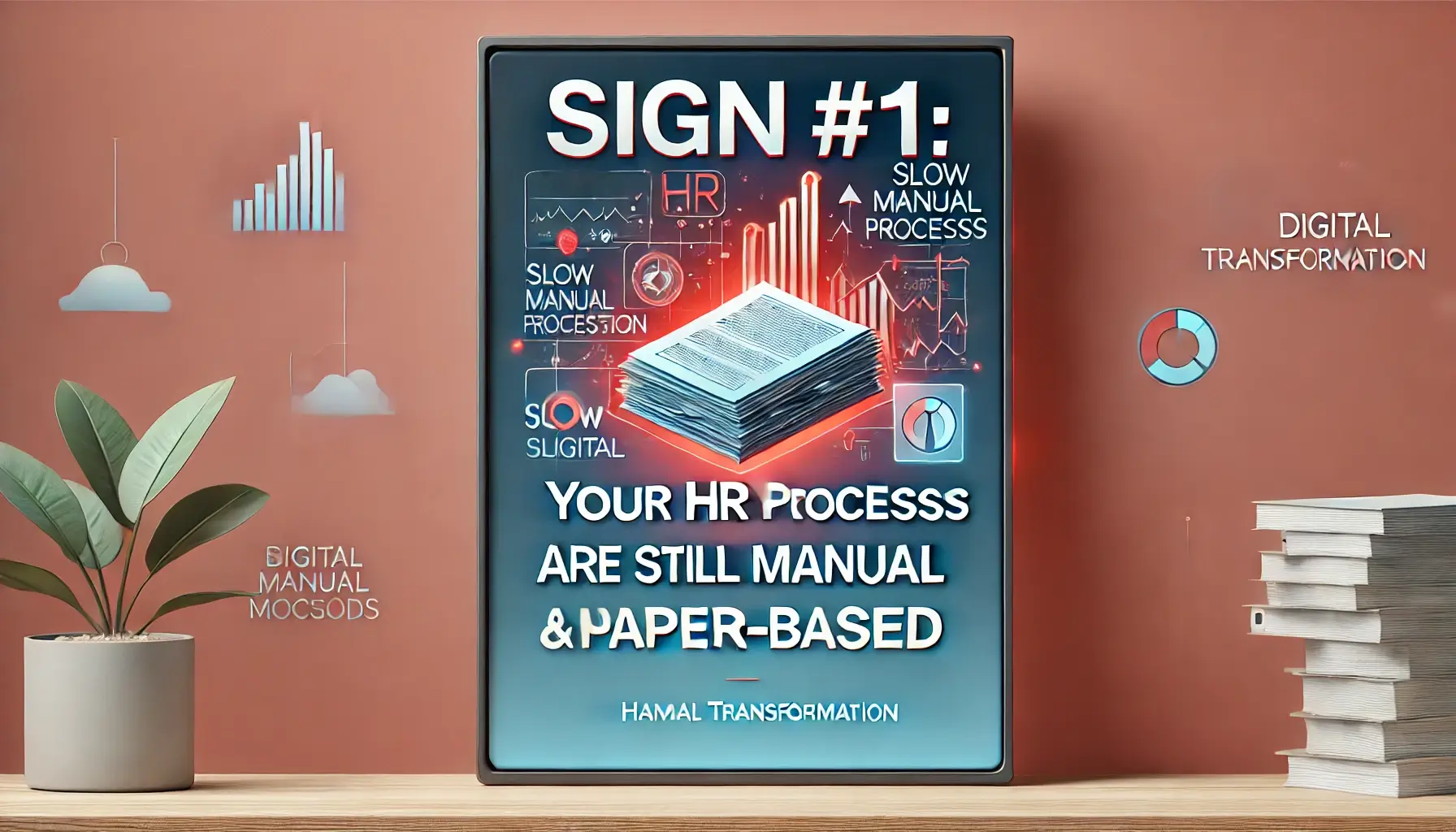
In today’s digital-first business environment, relying on manual HR processes and paper-based documentation is a major red flag that your HR department is outdated. While traditional methods may have worked in the past, they are time-consuming, inefficient, and prone to human errors. Managing employee records, payroll, benefits, and recruitment manually can slow down operations, increase compliance risks, and negatively impact employee experience.
One of the biggest problems with paper-based HR systems is the lack of accessibility and security. Physical documents can be easily misplaced, damaged, or lost, leading to compliance issues and record-keeping challenges. Furthermore, HR teams spend valuable time searching for information, filing paperwork, and manually updating employee records. This prevents HR professionals from focusing on strategic initiatives like talent development, company culture, and employee engagement.
Manual payroll processing and attendance tracking are also prone to miscalculations and inefficiencies. Processing employee salaries, tracking work hours, and managing tax deductions through spreadsheets or outdated software increases the risk of incorrect payments and compliance violations. This can result in employee dissatisfaction, legal penalties, and additional costs for the business.
The solution to manual HR inefficiencies is adopting HR automation and cloud-based workforce management systems. A centralized HR software eliminates the need for physical paperwork, allowing HR teams to store, update, and retrieve employee data in real time. Automated payroll systems ensure accurate salary calculations, tax compliance, and timely payments, reducing administrative workload.
Implementing HR self-service portals further enhances efficiency by allowing employees to access payslips, request time off, and update personal information without HR intervention. Cloud-based systems also enable seamless remote workforce management, ensuring that HR processes run smoothly regardless of employee location.
If your HR department still relies on filing cabinets, spreadsheets, and handwritten employee records, it’s time for an upgrade. Investing in HR automation software improves productivity, compliance, and data security, enabling HR teams to focus on what truly matters—enhancing employee experience and driving business growth.
At DM WebSoft LLP, we help businesses implement modern HR technology solutions, enabling organizations to transition from manual processes to a fully automated HR system. By embracing cloud-based HR software and automation tools, businesses can streamline workforce management, reduce operational costs, and improve overall efficiency.
Sign #2: Your Recruitment and Hiring Process is Slow and Inefficient
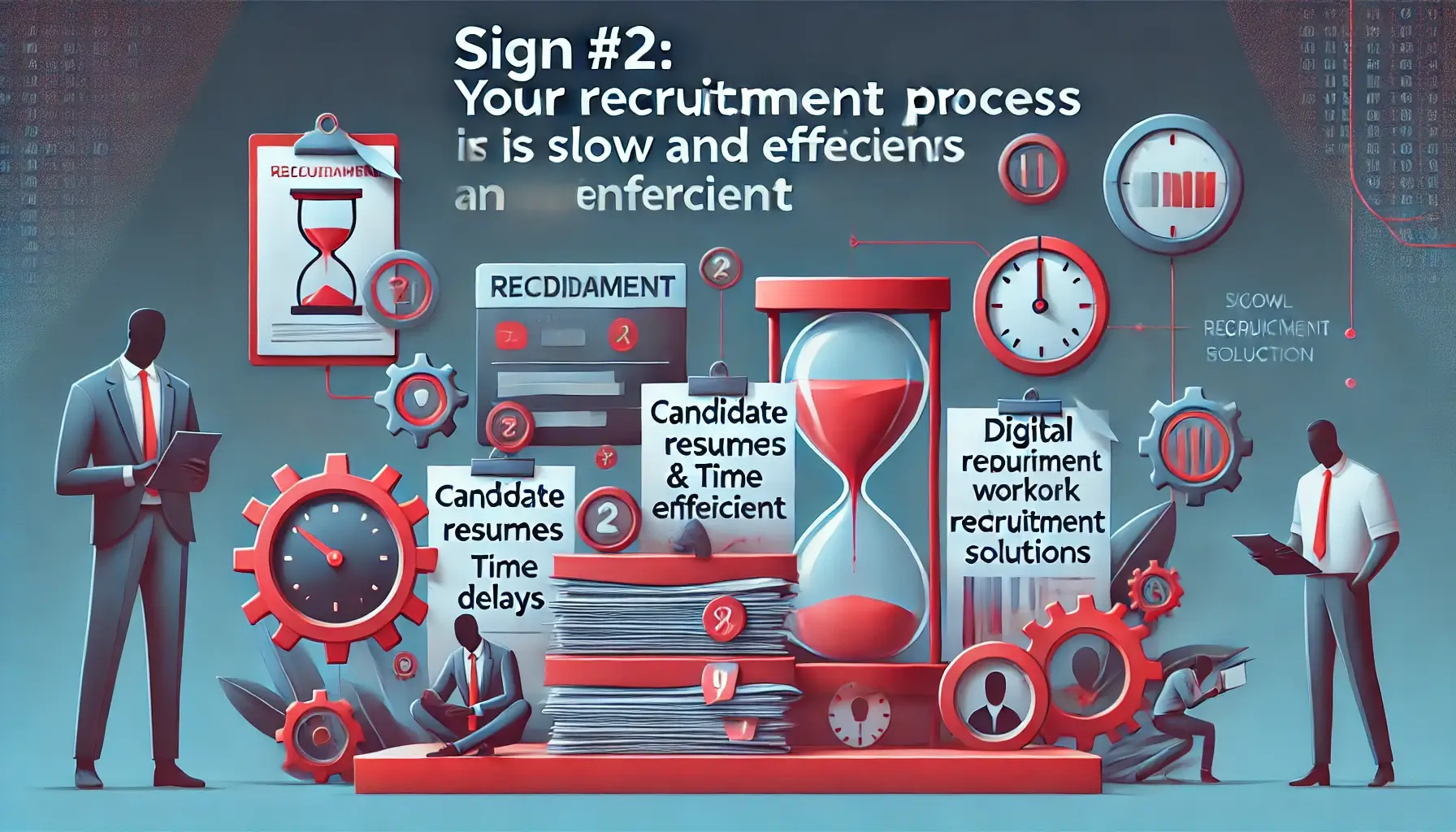
In a competitive job market, the ability to attract and hire top talent quickly is essential for business growth. However, if your recruitment process is slow, disorganized, or overly reliant on outdated methods, your company may be losing qualified candidates to competitors. An outdated hiring process is often characterized by manual resume screening, long interview cycles, poor communication with candidates, and inefficient onboarding procedures. If your HR department is still using job boards, spreadsheets, and email to handle hiring, it’s time for a serious upgrade.
A slow hiring process has serious repercussions for a business. When it takes weeks, or even months, to bring someone on board, the best candidates take other job offers before you can even say yes. This causes increased recruitment costs, as HR departments keep on re-advertising vacancies, re-contacting possible recruits, and spending more money on extensive interview cycles. It also places a greater burden on current employees who need to cover the work of vacant positions, causing them to burn out and be less productive.
Today’s HR technology can greatly streamline recruiting and enhance the efficiency of hiring. Applicant Tracking Systems (ATS) streamline the recruitment process by sorting and screening resumes, prioritizing the best candidates, and scheduling interviews effortlessly. AI-based recruitment tools can sift through job applications and identify candidates that best fit a job description using skills, experience, and company culture as the basis, without human resume screening.
Another crucial update is automated interview scheduling and digital communication platforms. Most companies suffer from hiring delays due to iterative emails between candidates and HR managers to schedule an interview. With the integration of AI-based scheduling technologies, firms can enable candidates to self-book interview slots from their availability, streamlining hiring bottlenecks and enhancing candidate experience.
The onboarding itself is another field where old-school HR systems delay the process unnecessarily. If the new employees must fill out forms manually, request IT access permissions, or fill out onboarding exercises through emails, it lags behind their productivity. With digital onboarding tools, firms can automate paperworks, give interactive training modules, and provide remote workers the ability to accomplish onboarding tasks online prior to their first day.
Companies that utilize HR technology to recruit enjoy expedited hiring processes, enhanced candidate interaction, and less administrative overload. If your HR department has been bogged down by protracted hiring procedures, talent availability issues, or communication lags, moving into a cloud recruitment solution can empower you to draw in and maintain top talent with greater ease.
At DM WebSoft LLP, we assist companies in deploying AI-based recruitment systems, automated hiring processes, and online onboarding platforms to automate the talent acquisition process. Whether you need to fill one job or build an army of employees, our HR tech solutions help you hire the best people quicker and more effectively.
Sign #3: Employee Engagement and Retention Are Declining
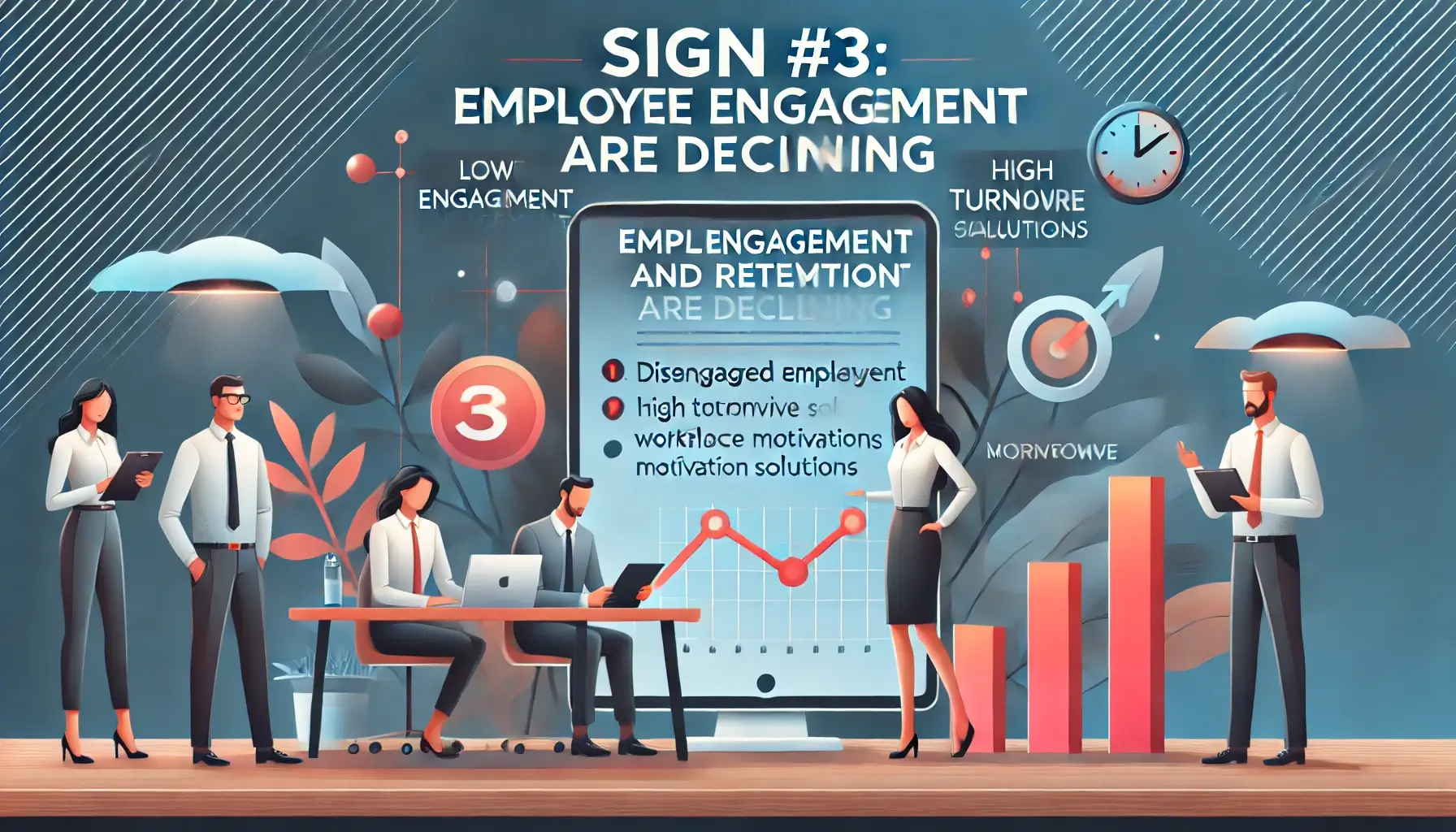
A disengaged workforce is a signal that your HR function is falling behind in adapting to contemporary employee engagement methods. If your organization has high turnover rates, low morale, or decreased employee satisfaction, it’s time to reformulate your HR strategy. Dated HR functions tend to center on administrative activities and overlook the value of employee engagement, workplace culture, and career development.
Employee disengagement directly affects productivity and profitability. Research indicates that disengaged employees are less productive, take more sick days, and have a higher chance of leaving their organizations. If employees feel they are not valued or are not connected to company objectives, they become less attached to their work, resulting in increased turnover rates and recruitment expenses. If your HR department is not busy developing employee engagement strategies, recognition schemes, or career development opportunities, then your organization is losing top performers.
Contemporary HR technology has a number of options for improving employee engagement and retention. AI-powered pulse surveys and real-time feedback systems enable HR departments to track employee sentiment, collect anonymous feedback, and mitigate workplace issues before they develop into major problems. This data enables companies to produce an optimal workplace atmosphere where employees feel valued and listened to.
Employee recognition tools are another must-have for boosting office morale. Businesses still mostly stick to once-a-year performance reviews to offer feedback, yet the old practice cannot reward employees for their daily hard work. Employee recognition tools allow peer-to-peer recognition, reward schemes, and manager shout-outs, and foster a culture of continuous appreciation and motivation.
Career development is also a key driver of employee retention. If the employees do not believe that they have a career path, they will be more likely to seek other opportunities. Modern learning management systems (LMS) provide personalized training, mentorship programs, and skill development courses, allowing employees to develop their careers without needing to change companies.
Remote and hybrid work programs have also changed how businesses need to address worker engagement. Without virtual collaboration software, flexible work schedules, or electronic wellness initiatives, remote employees will feel separated and disconnected from organizational culture. Spending money on cloud-based HR platforms that allow virtual teams ensures that all workers feel engaged, no matter where they are.
At DM WebSoft LLP, we provide HR technology solutions that can help companies boost employee engagement, create strong workplace cultures, and raise retention levels. If your company is facing high turnover, low morale, or disengaged employees, our customized HR automation and employee experience solutions will help you build a more engaged and productive workforce.
Sign #4: Your HR Team Lacks Data-Driven Decision-Making
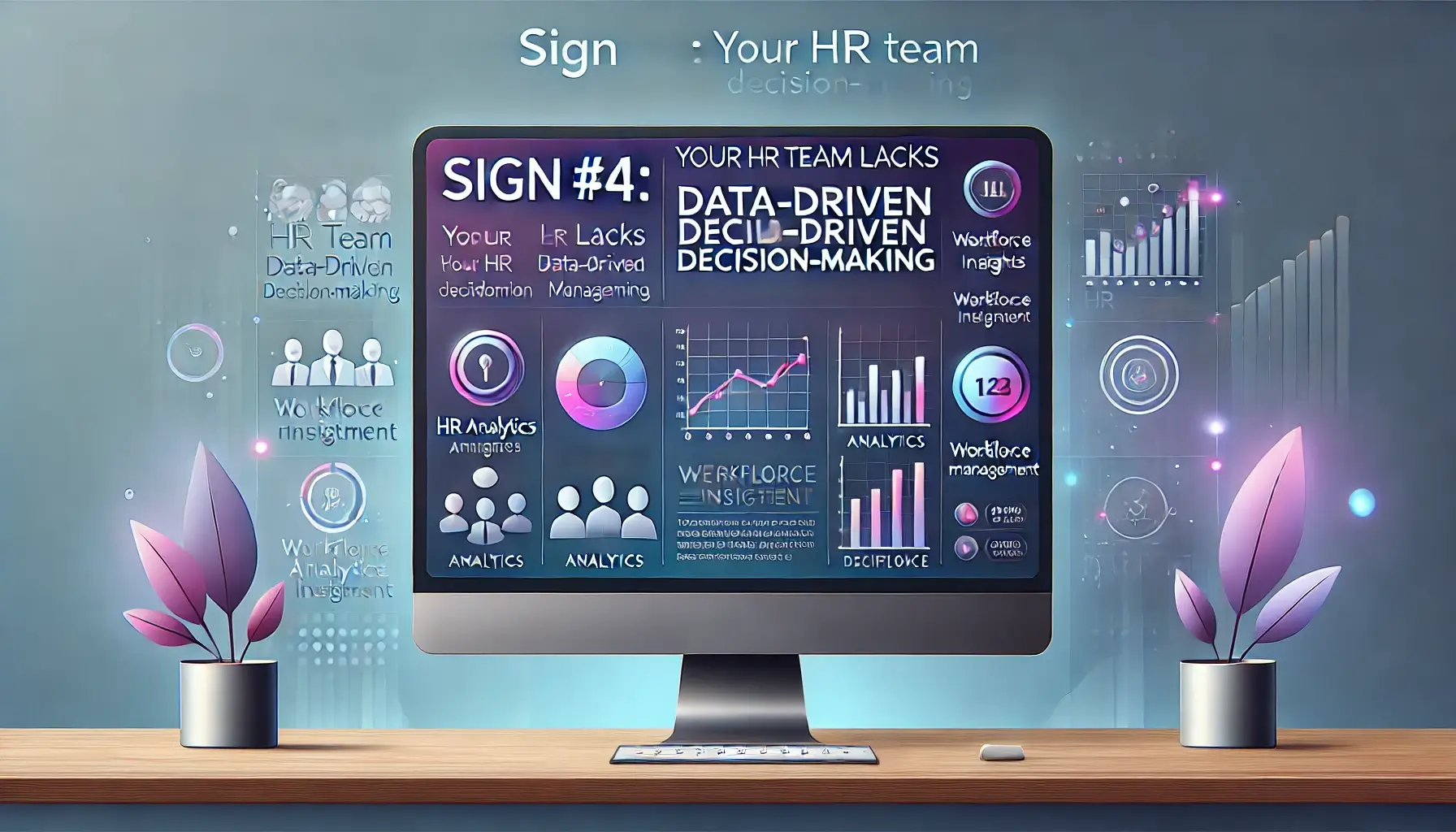
Classic HR decision-making was based on intuition, previous experience, and sporadic performance reviews. Modern HR departments need to utilize real-time data and analytics in order to make informed labor force decisions. If your HR department isn’t tapping into analytics tools to monitor employee performance, hire patterns, and engagement levels, your company is losing the chance to optimize HR strategies.
Without HR data analytics, companies have difficulty with:
- High turnover rates without knowing why employees are departing.
- Irregular hiring choices because of the absence of recruitment insights.
- Inefficient payroll and non-optimized compensation plans.
- Lack of transparent workforce planning, resulting in skill gaps and staffing shortages.
Contemporary HR analytics software monitors important workforce metrics, such as employee retention rates, recruitment success rates, training efficiency, and productivity levels. Through these insights, HR departments can make informed decisions regarding recruiting, workforce planning, and talent development.
For instance, if HR analytics indicate that workers in specific departments are exiting at higher levels, companies can probe underlying reasons like managerial problems, pay dissatisfaction, or insufficient career development.Likewise, if recruitment information indicates that some recruitment channels provide better-quality candidates than others, HR departments can stretch their recruitment budget and prioritize their best recruitment sources.
Predictive analytics is increasingly getting engaged in workforce planning as well. HR software with AI capabilities can forecast future hiring needs, recognize at-risk employees, and recommend retention strategies based on historical trends. This allows business firms to prevent workforce problems in advance rather than reacting after problems have arisen.
We support companies at DM WebSoft LLP in implementing HR analytics platforms that provide real-time intelligence about the staff, predictive insights, and automatic reporting. Through data-driven decisions becoming HR strategy, companies are able to boost the effectiveness of hiring, labor productivity, as well as workforce engagement.
Sign #5: Your HR Technology is Outdated and Incompatible with Remote Work
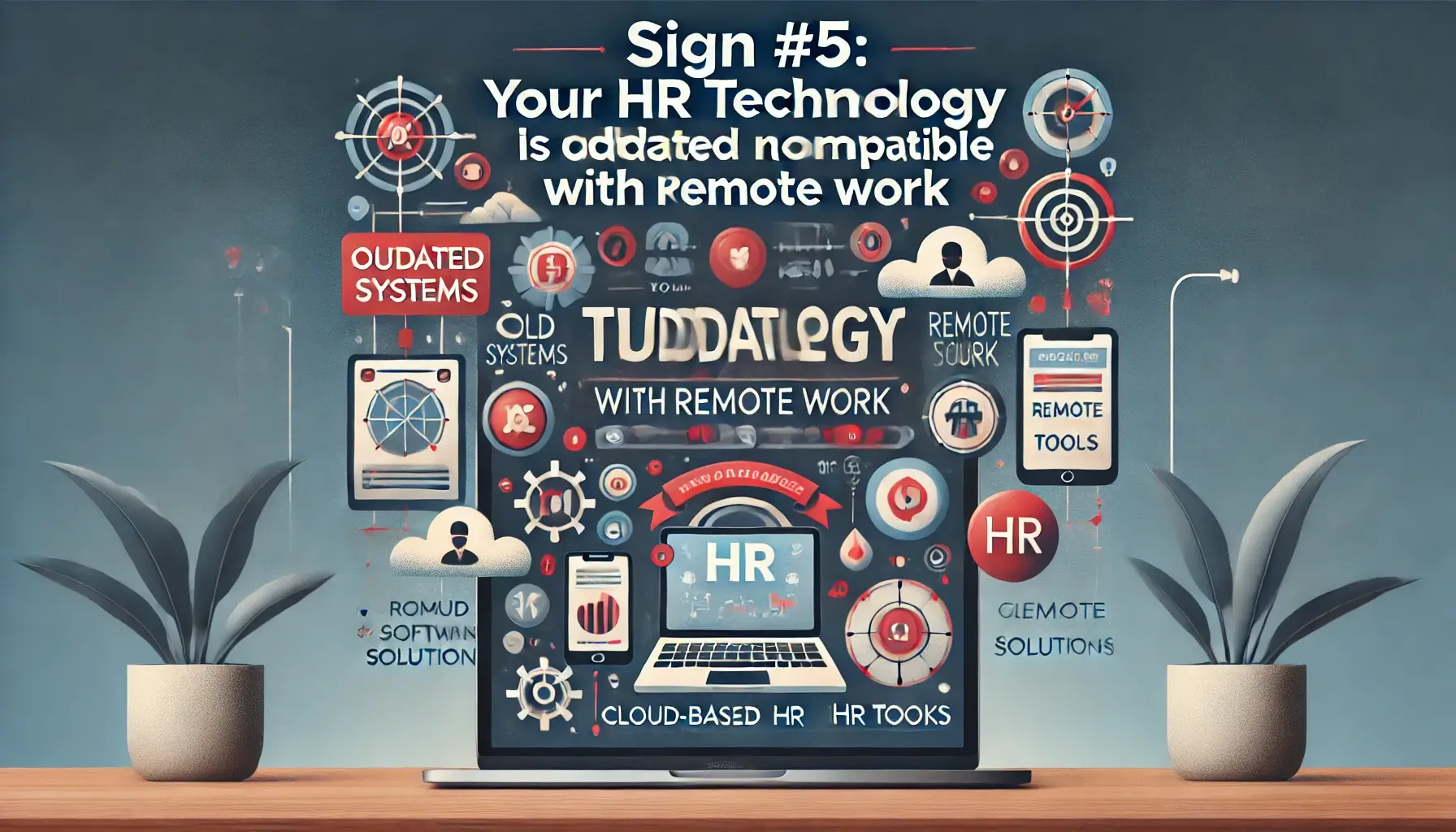
The move to remote and hybrid work arrangements has fundamentally transformed the way companies function, and HR divisions need to adapt to facilitate this new reality of working remotely. If your HR systems were designed for an in-office setting and find it challenging to onboard remote employees, monitor performance virtually, or handle digital communication, your company is at risk of losing out to competition that has already made the switch to a newer HR infrastructure.
One of the largest challenges antiquated HR offices have is coping with remote staff effectively. Their traditional systems have not been conceived for remote-based work, resulting in companies unable to monitor productivity, enforce conformity, and inspire motivation in dispersed employees. Failing cloud-enabled HR solutions, businesses end up using emails, spreadsheets, and isolated systems to manage the HR function, resulting in wastage, inefficiency, as well as unhappiness among workers.
Current cloud-based HR software allows businesses to handle remote teams with ease by offering centralized access to HR processes, digital onboarding, and real-time tracking of employee performance. Self-service HR portals, automated time tracking, and remote learning modules are some of the features that assist businesses in providing remote employees with the same level of support as office-based employees.
Another key problem with legacy HR systems is the absence of virtual collaboration and engagement solutions. Remote workers tend to become isolated from company culture and team dynamics if they lack the appropriate tools to communicate, collaborate, and get feedback. Companies that do not implement virtual engagement methods risk higher remote worker turnover rates and reduced morale.
HR technology tools such as AI-based employee engagement software, online wellness programs, and virtual team building solutions help companies bridge the distance between remote and office employees. Those companies that invest in HR platforms with video conferencing, automated surveys, and performance recognition tools can have a strong and unified workplace culture, even while working remotely.
Security is also a top priority with legacy HR technology.
Legacy HR systems do not have secure cloud storage, auto-access controls, and compliance tracking, making them susceptible to data breaches and fines. Organizations that manage **employee sensitive data need to move to HR systems with improved security capabilities like role-based access control and automated compliance monitoring to safeguard their workforce data.
Here at DM WebSoft LLP, we assist businesses to migrate to smart HR technology solutions that support remote workforce management, cloud-based tracking of employees, and virtual collaboration solutions. Should your business find it challenging to keep up with remote work woes, our custom HR software solutions make your employees productive, motivated, and safe—no matter where they work.
The Role of HR Automation in Improving Efficiency
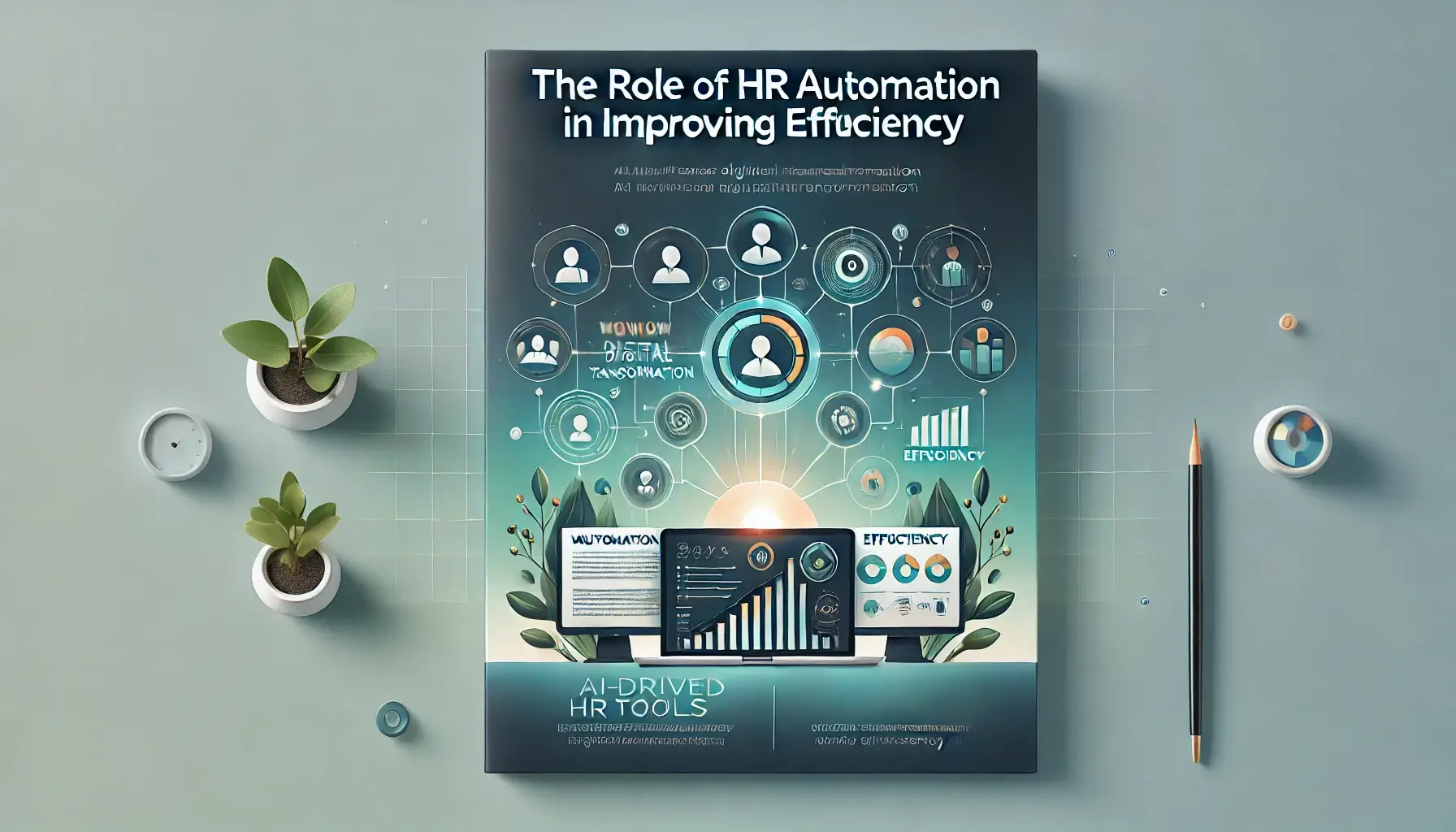
HR personnel spend most of their time on routine administrative activities, such as processing payrolls, managing employee benefits, leave requests, and record-keeping of compliance. If there is no automation of HR, all these have to be processed manually, and this retards the process and makes it susceptible to human mistakes. If your HR team is still working with paper forms, manual approvals, and old software, then your business is wasting money and time.
HR automation eliminates manual inefficiencies through the use of AI-driven software and cloud HR tools to automate administrative processes. Payroll automation ensures error-free calculation of wages, withholding taxes, and regulatory compliance reports on time, reducing errors and monetary penalties. Leave management systems help employees electronically submit and track time-off requests, eliminating paper-based approvals and manual processing.
Recruitment automation is one more major benefit of modern HR technology
Applicant tracking systems (ATS) based on artificial intelligence can screen applicants’ resumes automatically, match them to job descriptions, and arrange interviews, lowering time-to-hire significantly.Interview scheduling done automatically eliminates phone tag between HR and candidates, accelerating the recruitment process.
Performance management is another area in which HR automation introduces efficiency. Classical performance appraisals are always sluggish, discriminatory, and not efficient, and therefore, tend to have low worker engagement. Performance monitoring software that is automated gives instant feedback, goal-setting applications, and worker reward portals, enabling organizations to reap high employee motivation and output.
Firms that invest in HR automation reap:
- Faster and more accurate payroll processing.
- Simplified hiring and recruitment workflows.
- Seamless employee onboarding and training management.
- In real-time performance monitoring and engagement analytics.
If your HR function is overwhelmed by administrative tasks, upgrading to an AI-powered HR automation system can significantly improve efficiency, reduce costs, and allow HR professionals to focus on strategic workforce planning.
At DM WebSoft LLP, we specialize in HR automation software that can help businesses automate payroll, hiring, performance management, and tracking of compliance. To automate workforce operations or eliminate manual HR procedures, our customized HR technology solutions put your business ahead of the rest.
The Cost of an Outdated HR Department
Conclusion: How Data Analytics is Transforming HR Decision-Making
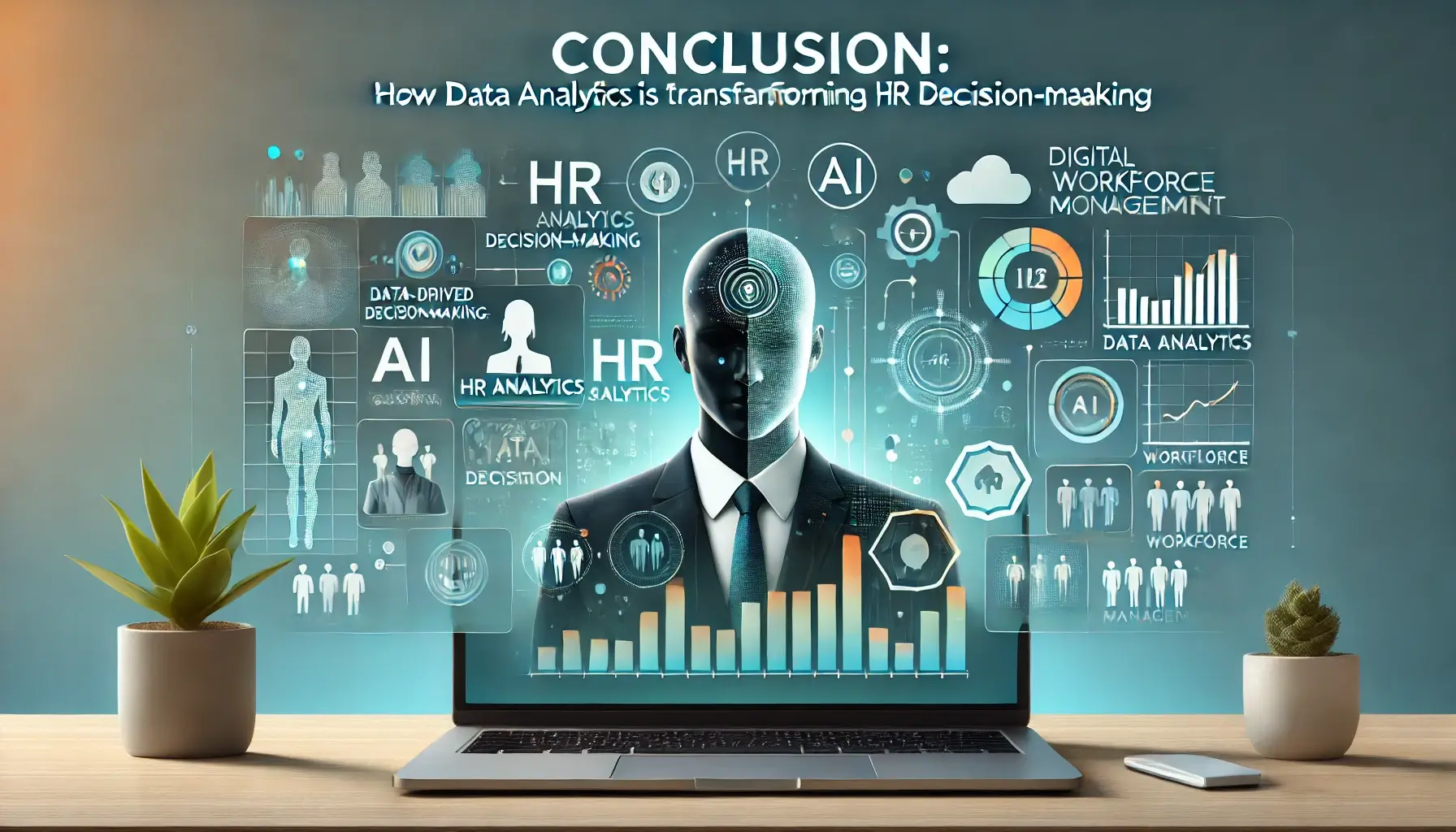
Classic HR decision-making has traditionally been founded on intuition, sporadic performance reviews, and manual record-keeping. But in the data age, companies require real-time intelligence and predictive analytics to make informed workforce decisions. If your HR function is still using spreadsheets, old reports, or reactive problem-solving, you are not taking advantage of opportunities to streamline talent management, employee performance, and hiring processes.
One of the major advantages of HR analytics is its capability to monitor workforce trends and forecast upcoming requirements. Companies tend to have high employee turnover, employee disengagement, and poor hiring practices merely because they do not have fact-based insights. Powerful HR analytics tools can offer in-depth Employee behavior, Job satisfaction, and productivity patterns insights so that HR departments can spot potential issues and make anticipatory decisions.
For instance, predictive analytics are able to project which employees will likely quit through data such as history of engagement levels, how often they have been promoted, and satisfaction levels for salaries. This enables HR groups to formulate retention strategies, boost reward structures, and correct organizational problems before losing key talent.
HR analytics also feature in recruitment optimization. Instead of trying out various recruitment methods on a trial-and-error basis, companies can make use of recruitment analytics powered by AI to assess candidate quality, recruitment success rates, and effectiveness of different job boards or channels of talent sourcing. Companies can identify which hiring strategies yield the best results, reducing recruitment expenditures and improving overall new hire quality.
Yet another key area where HR analytics create value is employee engagement and performance management. Organizations generally rely on outdated yearly performance reviews that fail to capture up-to-the-minute productivity trends. Modern HR solutions provide real-time feedback tools, engagement pulse surveys, and AI-driven performance ratings that allow managers to track employee growth, identify top performers, and detect skills gaps.
Organizations that implement data-driven HR practices benefit:
- More accurate selection decisions and reduced turnover.
- Enhanced workforce planning through predictive analytics.
- Compensation structures optimized to enhance retention.
- Enhanced employee engagement through real-time feedback and recognition.
If your HR team is still relying on guesswork to make decisions, an upgrade to a data-driven HR analytics platform can revolutionize your workforce management and long-term business strategy.
At DM WebSoft LLP, we are experts in HR analytics solutions that offer in-depth insights into recruitment trends, employee performance, and retention. Our tailored workforce analytics tools help companies make informed decisions, streamline HR processes, and enhance overall employee satisfaction.
If your HR team still relies on manual processes, slow hiring methods, or outdated software, it’s time for an upgrade.
HR automation improves efficiency, reduces errors, speeds up recruitment, and enhances employee experience.
AI can streamline hiring, analyze employee data, automate performance tracking, and predict workforce trends.
We provide HR automation, cloud-based solutions, AI-powered recruitment, and compliance tracking tools.
Yes, inefficient HR processes lead to low engagement, high turnover, and poor employee satisfaction.
Get Started Now !
What’s the Process ?
Request a Call
Consultation Meeting
Crafting a Tailored Proposal
Get Started Now !
Real Stories, Real Results. Discover What Our Clients Say

Working with DM WebSoft LLP was a game-changer for our business. Their technical prowess and innovative solutions transformed our online presence. A highly recommended web development agency with a stellar track record.

We are thrilled with the results DM WebSoft LLP delivered. Their deep understanding of web development coupled with years of expertise ensured a seamless and visually stunning website. True professionals!

In a digital age where first impressions matter, DM WebSoft LLP crafted a website that speaks volumes. The team’s attention to detail and commitment to quality set them apart. Thank you for making our vision a reality.

DM WebSoft LLP’s team demonstrated unparalleled expertise. Their ability to navigate complex technical challenges with ease is truly commendable. Choosing them for our web development needs was the best decision.

Exceptional service, unmatched skills! DM WebSoft LLP stands out as a leading web development agency. Their collaborative approach and commitment to excellence make them our go-to partner for all things web-related.

DM WebSoft LLP turned our ideas into a digital masterpiece. The seamless communication and timely delivery of our project showcased their professionalism. Highly impressed with the level of creativity and skill.

Our experience with DM WebSoft LLP was nothing short of amazing. From concept to execution, their team provided top-notch web development services. A reliable partner for businesses looking to elevate their online presence.

DM WebSoft LLP’s team of tech experts is second to none. Their wealth of experience reflects in the quality of their work. Our website not only meets but exceeds industry standards, thanks to their dedication.

Choosing DM WebSoft LLP was the best investment for our web development needs. Their team’s proficiency, coupled with a customer-centric approach, made the entire process smooth and enjoyable. A pleasure to work with!

